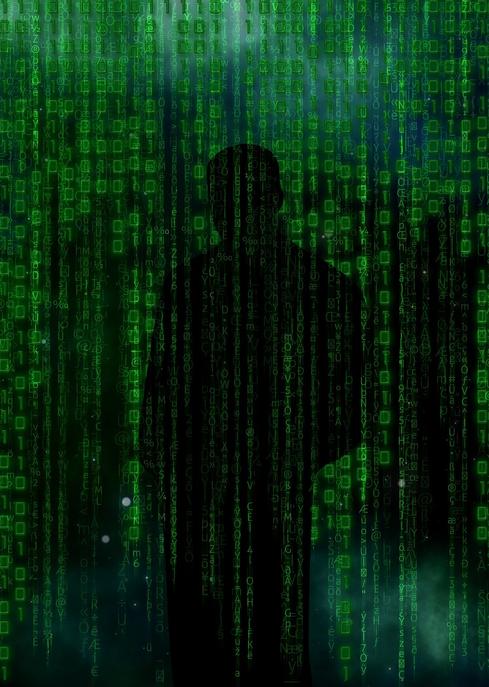While your enterprise may have a Chief Information Security Officer and a robust data governance department, it's really CIOs and IT organizations that are on the front lines of protecting enterprise data. So, what lessons can we draw from the OPM breach?


Windows 10 vs. Mac OS X 10.11: OS Showdown
Windows 10 vs. Mac OS X 10.11: OS Showdown (Click image for larger view and slideshow.)
The recent breach at the US Office of Personnel Management (OPM) exposed data on 35 million government employees. According to a Reuters report, more than 35 years of data were compromised. This comes on the heels of a previous breach at OPM in 2014 that was targeted to unearth those applying for security clearance.
The FBI points the finger at China in these episodes, but China is not by any means the only threat. The US has recently charged a Russian national in the theft of 160 million credit card details, as well as Russia itself in a cyber-attack on a non-classified White House system. Government agencies are not the only targets. Sony allegedly got hammered by North Korea in The Interview dust-up, and ended up changing how it does business because of it. Health insurance provider Anthem had 80 million records compromised.
While your enterprise may have a chief information security officer and a robust data governance department, CIOs and IT organizations are the ones on the front lines of protecting enterprise data. What lessons can we draw from the OPM breach?
The most obvious lesson is that legacy systems are vulnerable. Legacy infrastructure is open to attack techniques and tools that may not have even existed two years ago. In general, legacy systems are very tempting to hackers because they are static in their form (and therefore easier to breach), and will usually have important information stored somewhere inside them.
Since it is highly unlikely that a "burn it down and start again" system upgrade is a viable option, IT is left with the task of trying to improve how it uses what is already there.
Networks are the first place to start. Most users don't care how networks are configured as long as they work. But hackers will care. Networks are the means for them to break into your house. If you have a data superhighway leading into your datacenter, consider putting up the tollbooths of network segmentation. Segmentation techniques can alert you if data starts being massively diverted to one specific area where it shouldn't be going.
[Ready for Hotspot 2.0? Read The Future of WiFi.]
The second tollbooth should be multi-factor authentication of data requests. More than using a username/password combination to authenticate, this approach requires the user to provide additional information in response to a challenge. Had this been in place at OPM, the hackers would have gone away empty handed.
The analytics used to measure normal operation in a legacy system must be constantly evaluated and improved. As an example, OPM had a multi-billion dollar intrusion detection system in place (called, ironically, Einstein) during the breaches. It failed miserably. It failed because it relied on people to tell it what to look for. Since the breach was caused by a previously unknown technique (also called a "zero day exploit"), it was not being tracked by the IDS. The lesson OPM offers for IT here is that blind reliance on any analytic tool will not guarantee your data is safe from attack.
To avoid losing precious information, enterprises must be flexible enough to rethink how they do business, how they store and use data. CTOs and CIOs are the leaders in this effort. But there is no technological magic bullet to be found. What has worked for you before will not stand up to sophisticated future attacks. Just ask Anthem.
About the Author(s)
You May Also Like







